Each of the headline’s descriptors applies to one or more of this post’s species – all blooming a deal less than a kilometre away from both a large shopping centre and one of Perth’s arterial roads.
For just about any “exceptional”, “extreme”, or “weird” form of flowering plant behaviour, southwestern Australia is the global hotspot.
Pictured above, are the flowers of an endemic Southwest WA member of the genus Drosera.
Generally known as “Sundews”, Drosera are so commonplace in southwest WA that many local humans pay little or no attention to these photosynthesising carnivores.
Those who do bother to look closely are always able to enjoy a variety of exquisite structures.
When in bloom, many Drosera have beautiful flowers, usually sitting above their other exquisite, sticky structures.
When they have recently been trapping and eating well, their sticky “traps” bear more than a passing resemblance to corpse-strewn battlefields.
Drosera exist on every continent, bar Antarctica.
However, around half of the known species occur in Australia, only; of those, circa 80% grow only in southwest WA.
Discover more about these insect-eaters, here
As is true of the featured image, I am unsure of the species of the orchids, below.
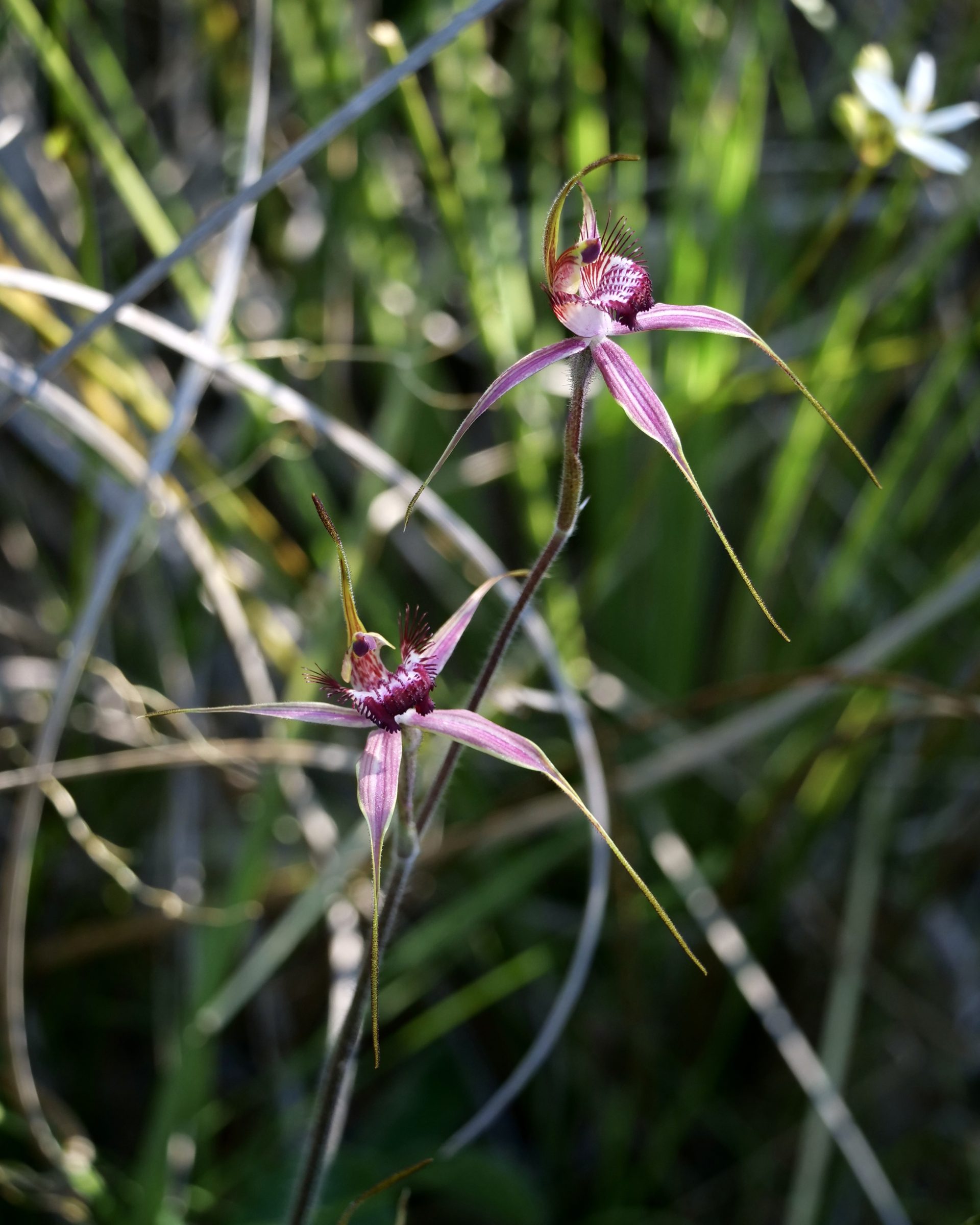
I know that these Spider Orchids are members of the genus Caladenia.
I suspect that they are members of its “King Orchid” group.
I think there is an excellent chance that they achieve pollination via sexual deception.
As is true of the amazingly high number of carnivorous plants in southwest WA, sexual deception is a means of surviving and competing in a region with some of the “worst” soils on Earth – so lacking in “essential nutrients” that some folks deem them “sands, not soils”.
Whereas most flowering plants reward and entice their pollinators with food, those that practice sexual deception offer only an illusion.
They fool insects – in some cases, just one particular species of gnat, wasp, bee, or fly – into attempting to copulate with them.
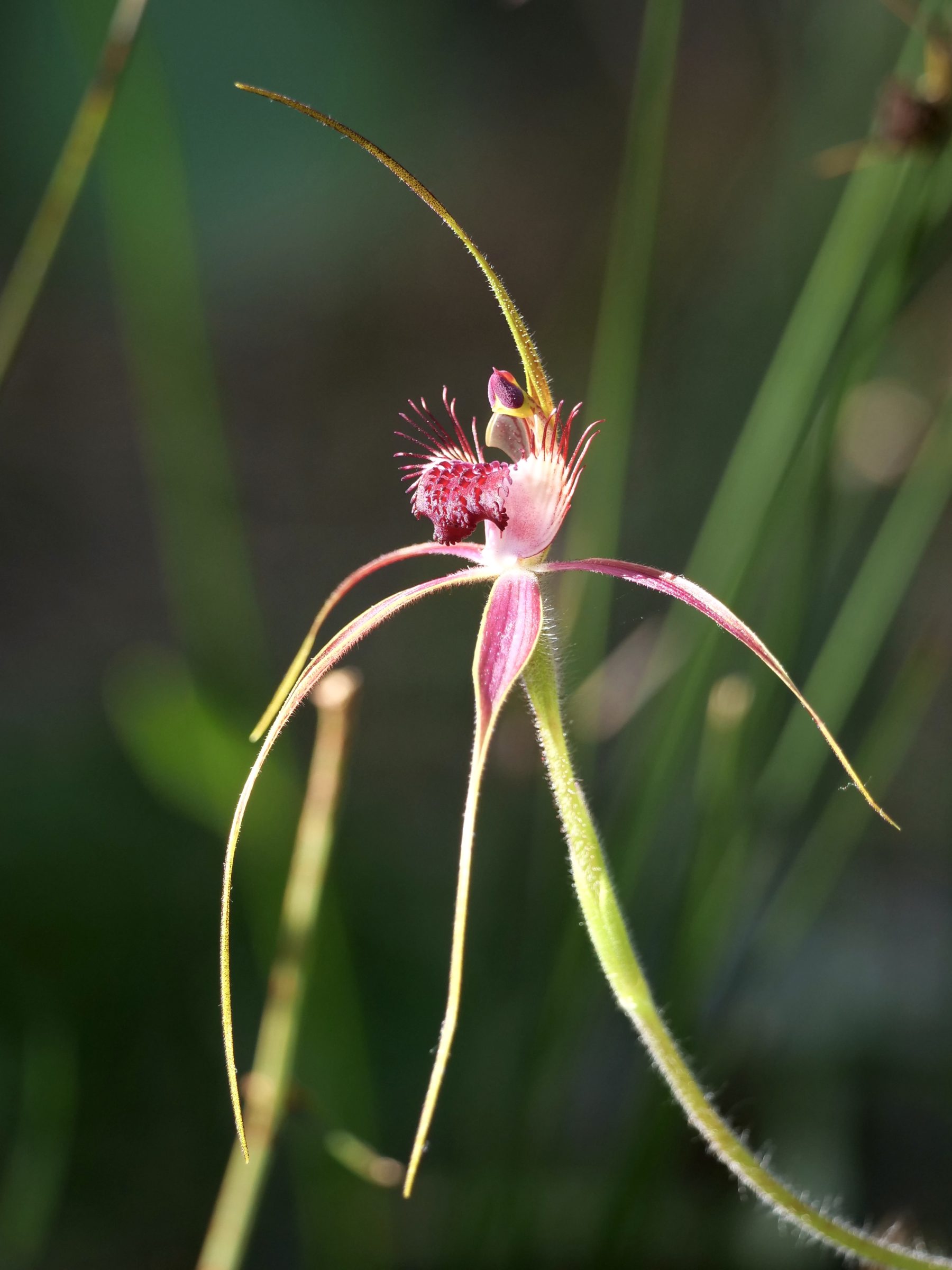
The ruse can be achieved via chemical and/or visual means; click this.
Again, sexual deception is a global phenomenon, but – among flowering plants, at least – it occurs much more in southwest Western Australian than anywhere else.
Likewise, with pollination by vertebrates, rather than insects; it is much more common in southwest WA than anywhere else.
More than 1,000 WA-endemic flowering species “prefer birds”, including all of the Kangaroo Paws and Cats Paws.
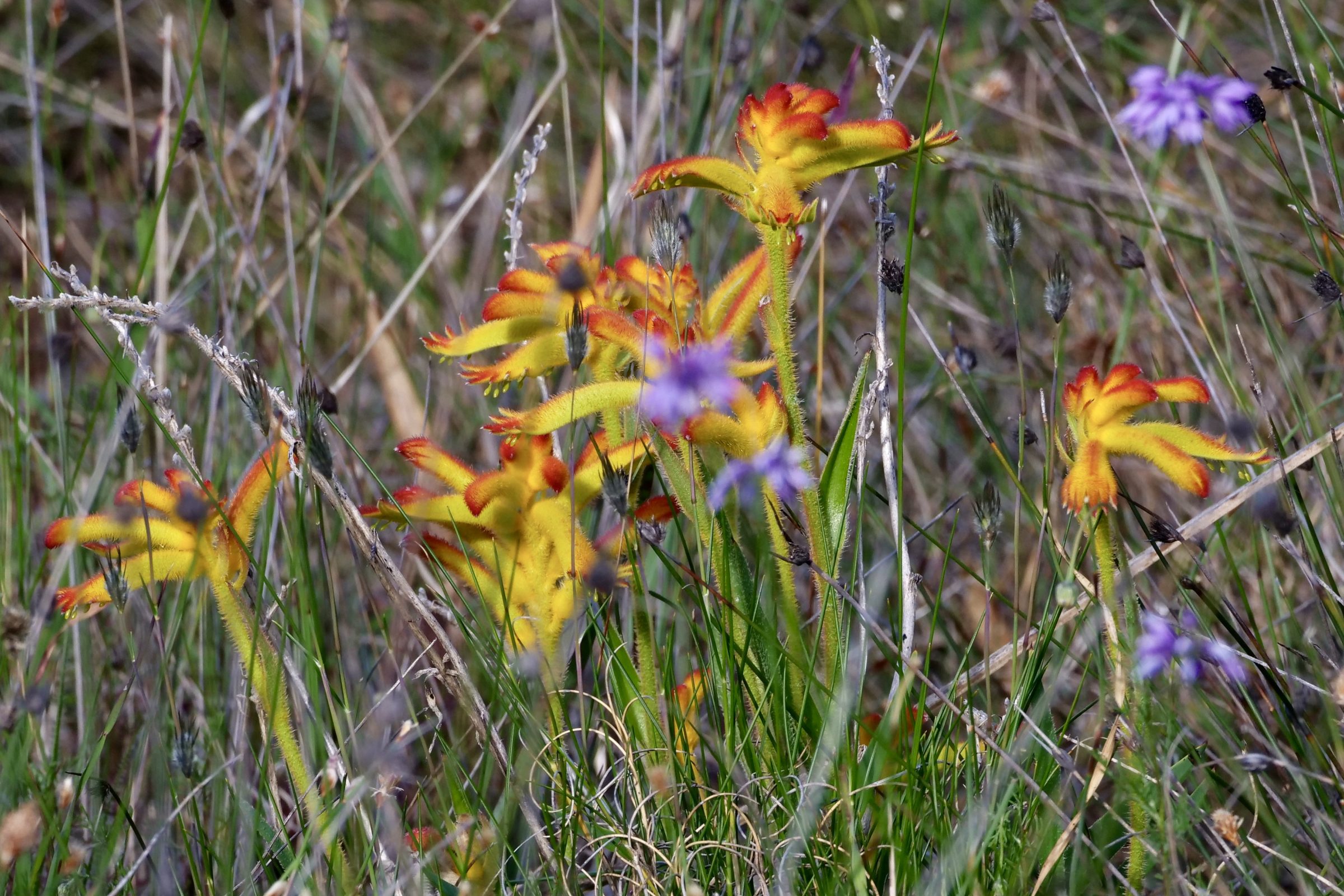
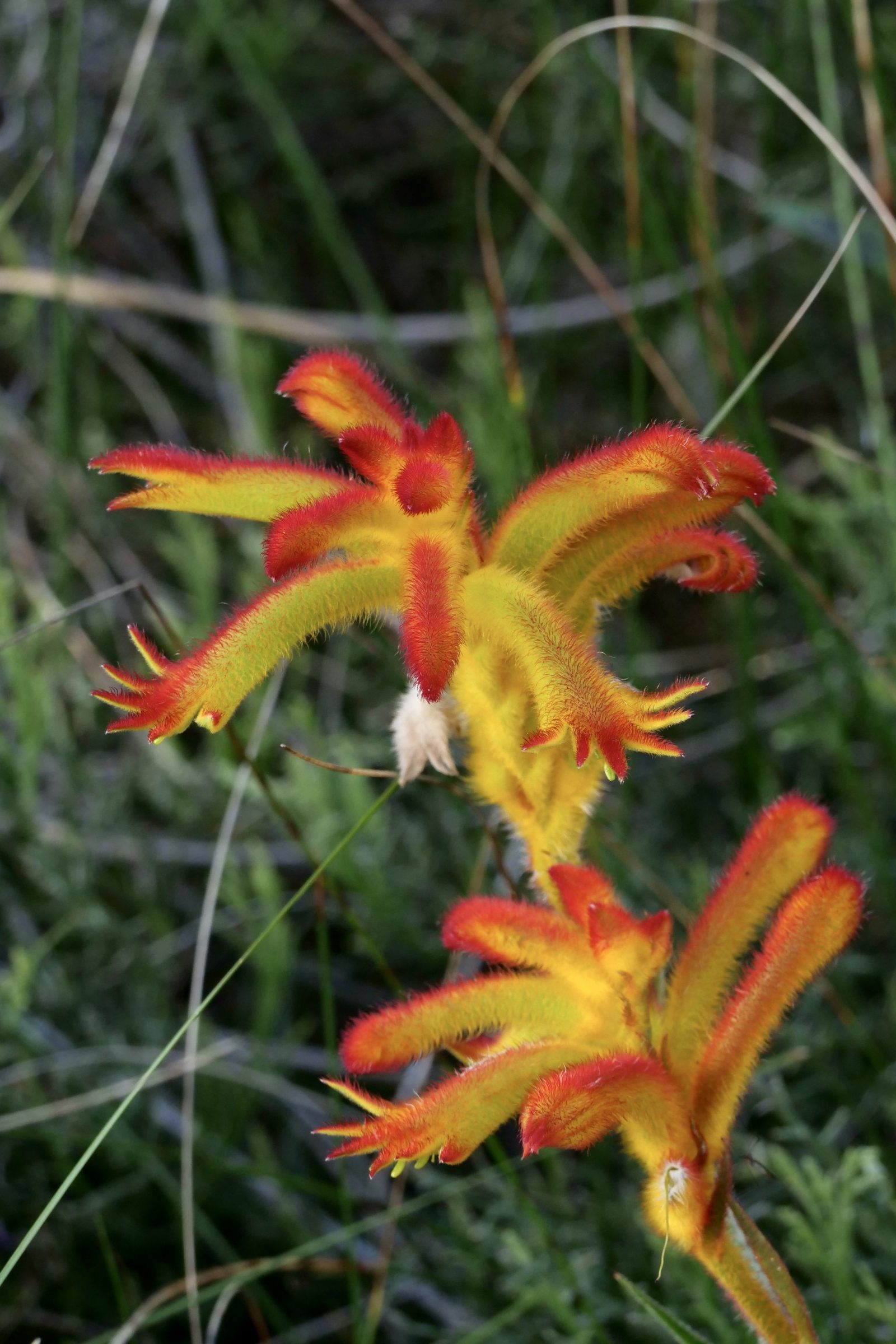
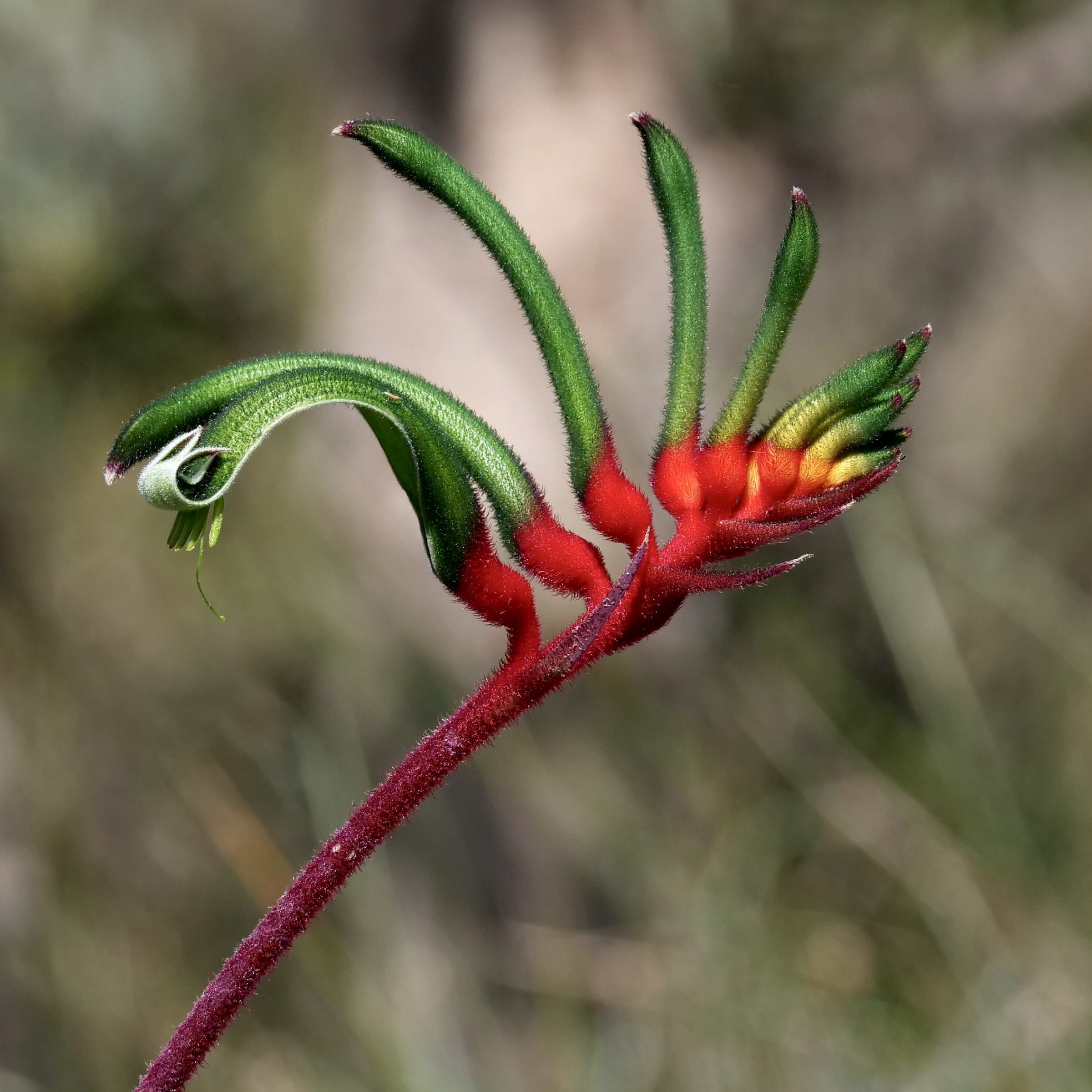
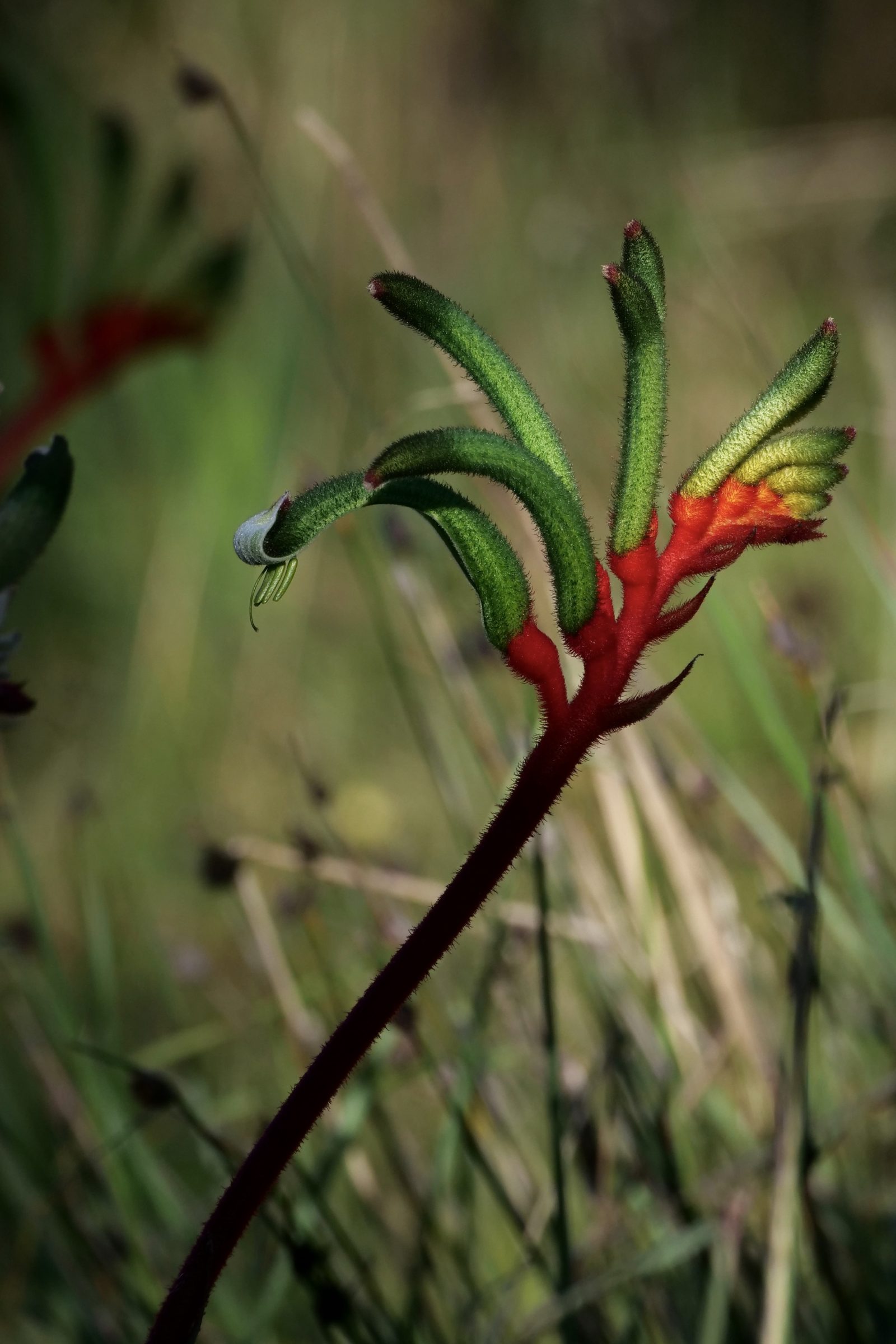
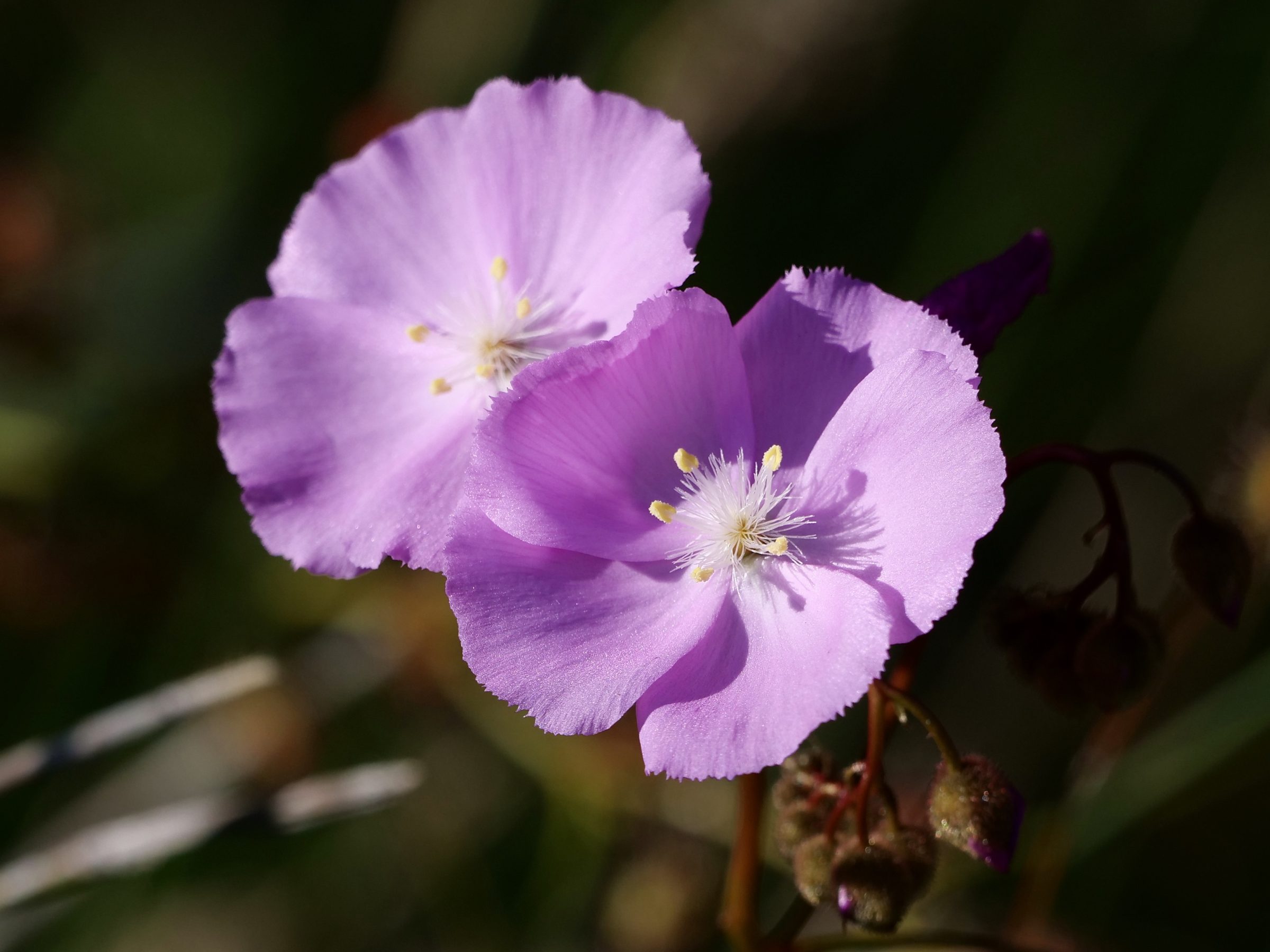
Beautiful fotos Doug